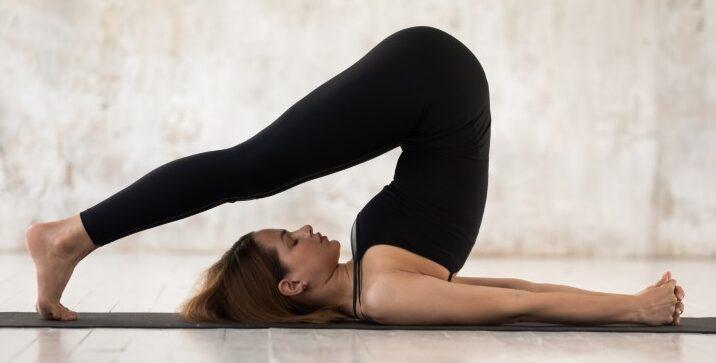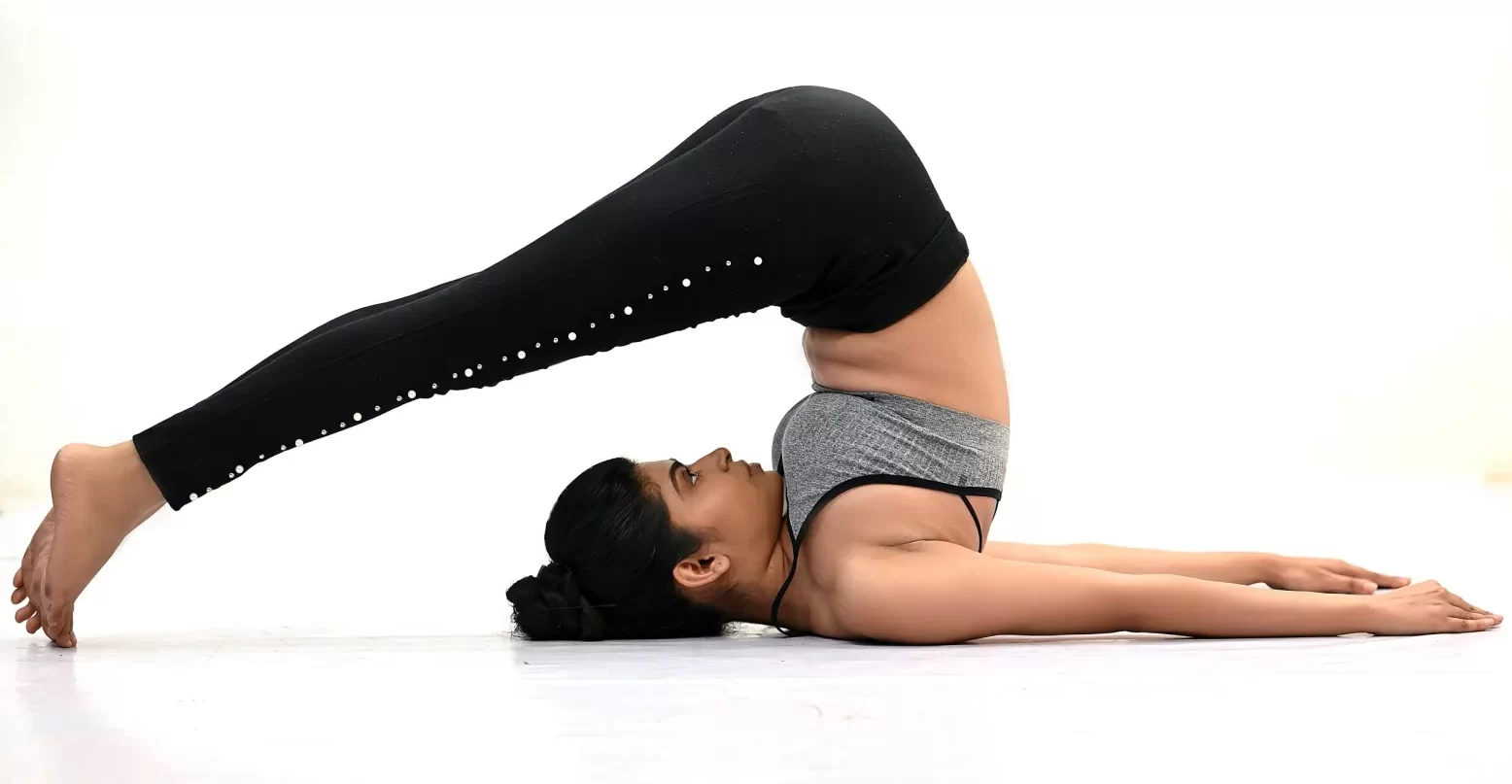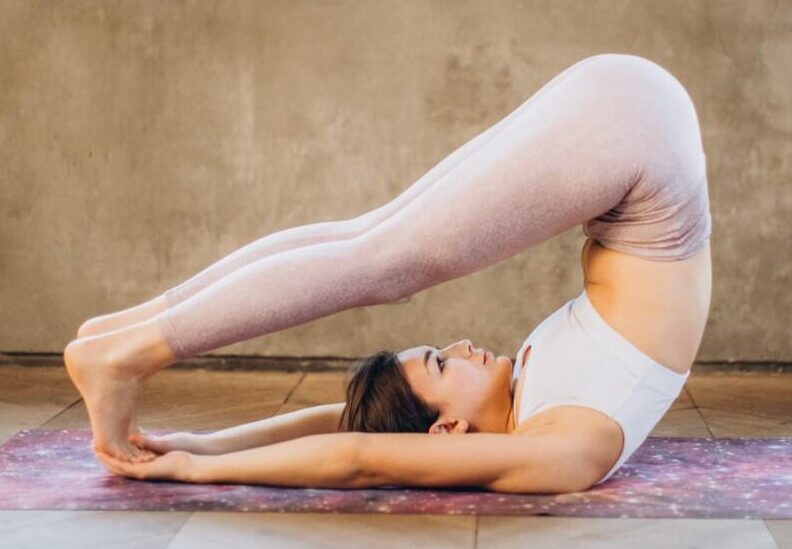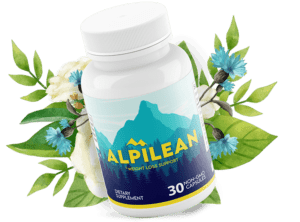
Table of Contents
ToggleIntroduction
When it comes to melting belly fat and toning the abdominal region, yoga offers a variety of effective asanas (poses). One such pose that can contribute to achieving a flatter stomach is Halasana, also known as Plow Pose. Halasana engages and strengthens the core muscles, stimulates the abdominal organs, and improves digestion. In this article, we will explore the benefits of Halasana for burning belly fat and provide guidance on how to practice it safely and effectively.
-
- Engages the Abdominal Muscles:
Halasana involves lifting the legs and hips off the ground, which activates the entire core, including the upper and lower abdominal muscles. The sustained engagement of these muscles during the pose helps to strengthen and tone them, leading to improved muscle definition and a flatter belly.
- Engages the Abdominal Muscles:
-
- Stimulates the Thyroid Gland:
The inverted position of Halasana increases blood flow to the throat region, stimulating the thyroid gland. A well-functioning thyroid plays a crucial role in regulating metabolism and promoting weight management. By activating the thyroid gland, Halasana can indirectly support the body’s fat-burning mechanisms.
- Stimulates the Thyroid Gland:
-
- Enhances Digestion:
Poor digestion and sluggish metabolism can contribute to weight gain and the accumulation of belly fat. Halasana helps to improve digestion by compressing the abdominal organs, stimulating the digestive fire, and increasing blood circulation in the abdominal region. The pose also massages the internal organs, aiding in detoxification and promoting a healthy digestive system.
- Enhances Digestion:
-
- Tones the Waistline:
Halasana stretches and lengthens the muscles of the back, waist, and hips. The elongation of these muscles helps to tone and tighten the waistline, giving the appearance of a slimmer midsection. Regular practice of Halasana, combined with a healthy lifestyle, can contribute to a more defined and sculpted waist.
- Tones the Waistline:
-
- Reduces Stress and Cortisol Levels:
Stress and elevated cortisol levels can lead to weight gain, particularly around the belly area. Halasana, like many other yoga poses, has a calming effect on the nervous system and helps to reduce stress and anxiety. By managing stress levels, the body is less likely to store excess fat, especially in the abdominal region.
- Reduces Stress and Cortisol Levels:
Practicing Halasana Safely

To practice Halasana safely and effectively, keep the following tips in mind:
-
- Warm-up:
Prior to attempting Halasana, warm up your body with a few rounds of gentle stretches and poses, such as Cat-Cow and Bridge Pose, to prepare the back and neck muscles.
- Warm-up:
-
- Gradual Progression:
Start with gentle variations of the pose, such as a half-plow pose with the legs bent, and gradually work your way up to the full pose as your flexibility and strength improve.
- Gradual Progression:
-
- Use Props:
If needed, use props like blankets or blocks under your shoulders for support and to alleviate any strain on the neck and shoulders.
- Use Props:
-
- Listen to Your Body:
Pay attention to your body’s signals and avoid any pain or discomfort. Modify the pose or come out of it if you experience any strain on the neck, back, or hamstrings.
- Listen to Your Body:
-
- Seek Guidance:
If you are new to yoga or have any pre-existing medical conditions, it’s advisable to practice under the guidance of a qualified yoga instructor who can provide personalized instructions and ensure proper alignment.
- Seek Guidance:
What are the benefits of plow pose?

Plow Pose, also known as Halasana, is a yoga asana that offers a wide range of benefits for the mind, body, and overall well-being. Here are some key benefits of practicing Plow Pose:
-
- Stretches the Spine:
Plow Pose involves a deep stretch of the spine, helping to improve its flexibility, relieve tension, and promote better posture.
- Stretches the Spine:
-
- Strengthens the Core:
As you lift your legs and hips off the ground in Plow Pose, you engage and strengthen the core muscles, including the abdominal muscles. This helps to tone and strengthen the core, supporting a stable and strong midsection.
- Strengthens the Core:
-
- Tones the Legs and Buttocks:
Plow Pose activates the leg muscles, including the hamstrings, quadriceps, and calf muscles. Regular practice can help to tone and strengthen the legs and buttocks.
- Tones the Legs and Buttocks:
-
- Stimulates the Thyroid Gland:
The inverted position of Plow Pose stimulates the thyroid gland, which plays a crucial role in regulating metabolism and balancing hormone levels in the body. This can have a positive impact on overall energy levels and weight management.
- Stimulates the Thyroid Gland:
-
- Calms the Nervous System:
Plow Pose has a calming and soothing effect on the nervous system, helping to relieve stress, anxiety, and mental fatigue. It can promote relaxation and a sense of tranquility.
- Calms the Nervous System:
-
- Improves Digestion:
The compression of the abdomen in Plow Pose stimulates the digestive organs, including the stomach, liver, and intestines. This can help to improve digestion, alleviate bloating, and promote overall digestive health.
- Improves Digestion:
-
- Enhances Blood Circulation:
In Plow Pose, the inverted position increases blood flow to the head, face, and neck. This can improve circulation, oxygenation, and nourishment to the brain, scalp, and facial skin.
- Enhances Blood Circulation:
-
- Relieves Mild Backache:
Plow Pose can provide relief from mild backache and tension in the back muscles. It stretches and lengthens the spine, promoting better alignment and releasing tension in the back.
- Relieves Mild Backache:
-
- Stimulates the Parasympathetic Nervous System:
Plow Pose activates the parasympathetic nervous system, which is responsible for the body’s rest and relaxation response. This can help to reduce stress, promote better sleep, and enhance overall well-being.
- Stimulates the Parasympathetic Nervous System:
-
- Cultivates Mind-Body Connection:
The practice of Plow Pose requires focus, concentration, and mindful awareness of the body and breath. This cultivates a deeper mind-body connection and can enhance overall body awareness.
- Cultivates Mind-Body Connection:
It’s important to practice Plow Pose with proper alignment and under the guidance of a qualified yoga instructor, especially if you are a beginner or have any pre-existing medical conditions. Listen to your body, respect your limits, and modify the pose as needed to ensure a safe and beneficial practice.
What are the side effects of plow pose?
While Plow Pose (Halasana) offers numerous benefits, it’s essential to practice it with caution and mindfulness. Improper execution or overexertion can lead to potential side effects. Here are a few considerations to keep in mind:
-
- Neck Strain:
Plow Pose involves flexing the neck to bring the legs overhead. If you have a pre-existing neck injury, weak neck muscles, or limited flexibility in the neck, it’s important to be cautious. Straining the neck or putting excessive pressure on it can lead to discomfort, strain, or injury. To mitigate this, use a folded blanket or bolster to support the shoulders and neck during the pose.
- Neck Strain:
-
- Compression of the Spine:
Plow Pose requires folding the body forward and compressing the spine. Individuals with conditions such as herniated discs, spinal stenosis, or spondylolisthesis should avoid or modify this pose. Excessive compression of the spine can exacerbate these conditions and cause discomfort or pain. It’s advisable to consult a healthcare professional or experienced yoga instructor for personalized guidance.
- Compression of the Spine:
-
- Breathing Difficulties:
The compression of the abdomen and chest in Plow Pose can restrict the breath, making it challenging for some individuals, especially those with respiratory issues or reduced lung capacity. If you experience any breathing difficulties, dizziness, or discomfort, release the pose immediately and return to a comfortable position.
- Breathing Difficulties:
-
- High Blood Pressure:
Plow Pose is an inversion that can increase blood flow to the head. It may not be suitable for individuals with uncontrolled high blood pressure or any conditions that are aggravated by increased blood pressure. If you have high blood pressure or any cardiovascular concerns, it’s advisable to avoid or modify this pose and consult with a healthcare professional.
- High Blood Pressure:
-
- The strain on the Hamstrings:
Plow Pose involves deep stretching of the hamstrings. If your hamstrings are tight or you have a history of hamstring injuries, it’s important to approach this pose with caution. Overstretching or forcing the hamstrings can lead to strain or muscle tears. Gradually work on increasing flexibility and modifying the pose by bending the knees or using props, such as blocks, for support.
- The strain on the Hamstrings:
-
- Eyestrain and Headache:
The inverted position of the Plow Pose can increase blood flow to the head and eyes. Some individuals may experience temporary eyestrain or headaches during or after practicing the pose. If you have a history of eye or head-related conditions, use caution, and listen to your body. If discomfort persists, it’s advisable to discontinue the pose and seek appropriate guidance.
- Eyestrain and Headache:
Remember to always practice yoga mindfully, respect your body’s limitations, and consult with a qualified yoga instructor or healthcare professional if you have any concerns or pre-existing conditions. They can provide personalized guidance and modifications to ensure a safe and beneficial practice.
How to perform the plow pose?

Here’s a step-by-step guide on how to perform Plow Pose (Halasana)
-
- Start by lying on your back on a yoga mat with your arms alongside your body, palms facing down. Take a few deep breaths to relax.
-
- Engage your core and press your lower back into the mat to maintain stability and support for your spine.
-
- Inhale deeply, and as you exhale, slowly lift your legs off the ground, bringing them perpendicular to the floor. Keep your legs straight and your toes pointing upward.
-
- Place your hands on your lower back for support and to help you lift your hips off the ground. Keep your elbows close to your body.
-
- Inhale again, and as you exhale, continue lifting your hips and back off the floor. Use your core strength to assist in the movement.
-
- Once your hips and lower back are lifted, begin to lower your legs overhead toward the floor behind you. Aim to touch your toes to the ground or bring them as close to the floor as possible.
-
- Keep your legs straight and maintain a relaxed neck and face. Avoid any strain or tension in the neck by gently supporting your lower back and hips with your hands.
-
- Breathe deeply and hold the pose for a few breaths or as long as comfortable. You can work up to staying in the pose for several minutes with practice.
-
- To come out of the pose, engage your core and slowly roll your spine back down onto the mat, one vertebra at a time. Keep your legs straight and controlled during the descent.
-
- Once your spine is fully back on the mat, release your hands from your lower back and let your arms rest comfortably alongside your body.
Note: If you’re a beginner or have limited flexibility, you can modify the pose by bending your knees and bringing them closer to your forehead instead of touching your toes to the ground. Use a folded blanket or bolster under your shoulders and upper back for added support if needed.
As with any yoga pose, it’s important to listen to your body, move mindfully, and avoid any discomfort or pain. If you have any pre-existing back or neck conditions, it’s advisable to consult with a qualified yoga instructor or healthcare professional before attempting Plow Pose. They can provide personalized guidance and modifications based on your individual needs.
THE ALPINE SECRET FOR HEALTHY WEIGHT LOSS!
Conclusion
Halasana, or Plow Pose, offers numerous benefits for burning belly fat and toning the abdominal region. By engaging the core muscles, stimulating digestion, improving metabolism, and reducing stress levels, Halasana can support your weight loss and fitness goals. However, it’s important to practice with caution, listen to your body, and seek guidance if needed. Remember that sustained and regular practice, combined with a balanced diet and a healthy lifestyle, is key to achieving lasting results.








